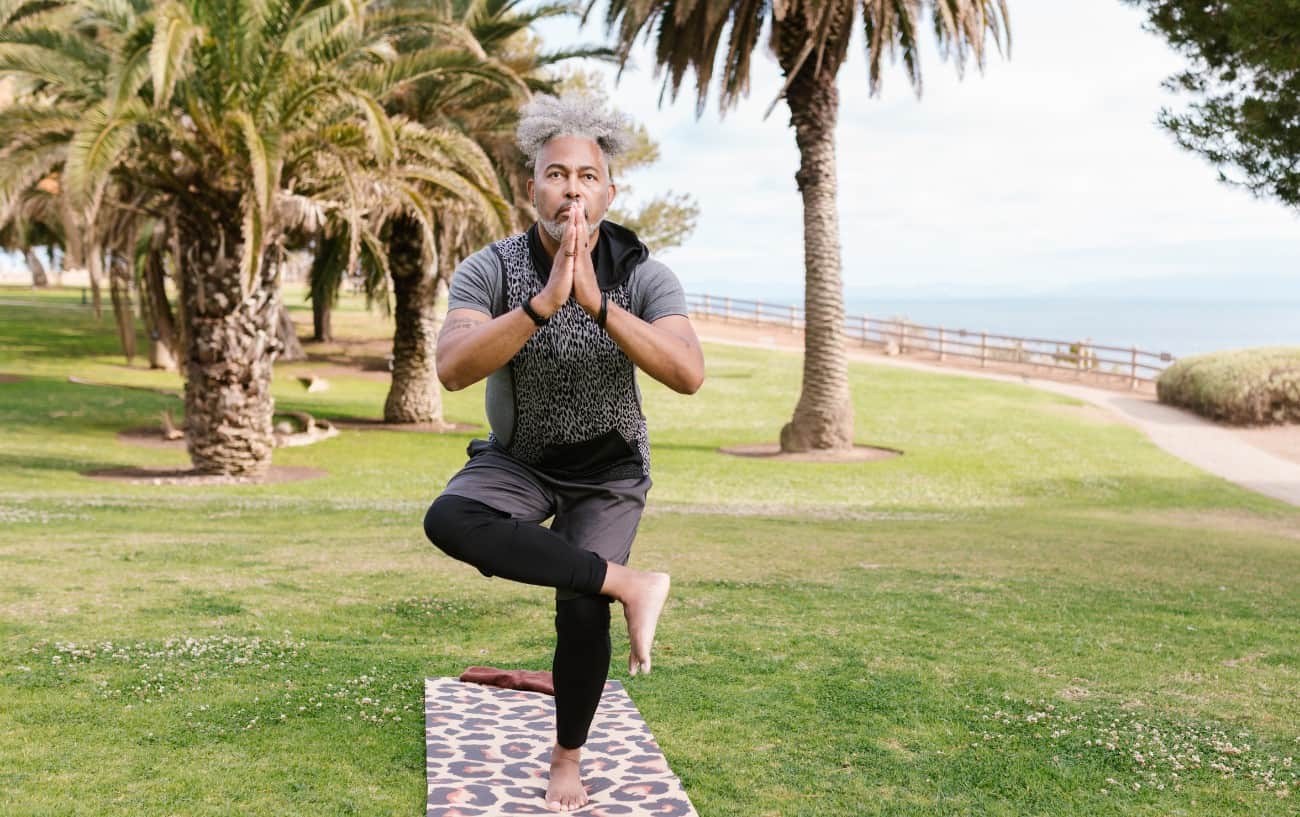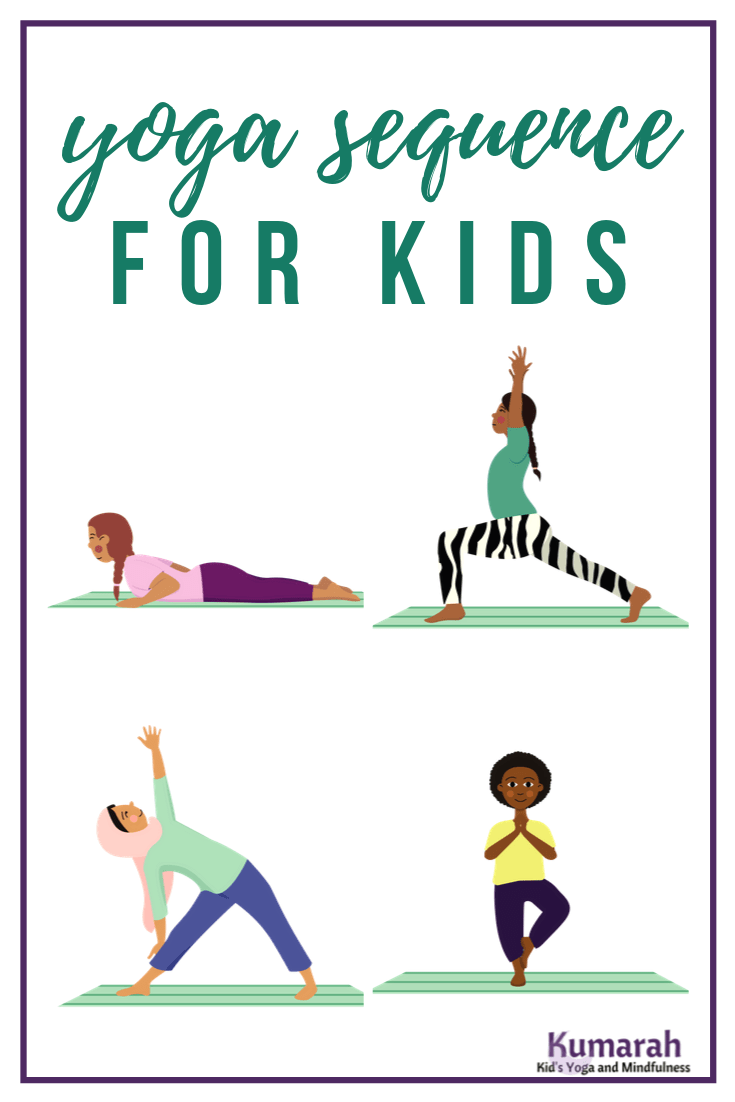
Constipation yoga offers many benefits beyond relieving abdominal pain. First, a simple and effective twisting pose which stretches the abdominal muscles and stimulates digestion. This yoga pose can improve your bowel movement and relieve symptoms such as periods and bloating. These are some of our favorite poses for constipation relief.
Cat-cow poses: This yoga posture stimulates the abdominal muscles by activating core muscle and simultaneously stimulating movement of the midsection. This pose requires you to exhale air from your belly. This helps the intestines work. This is known to push the poop buttons. This is a great position to use in combination with healthy eating habits and adequate sleep. This will help you with constipation.
Crescent Lunge Twist, a pose in which you twist your torso. Because it does not require twisting, this pose is great for beginners. This pose will help to relieve constipation's gas-producing effects. Wind-Relieving Yoga Pose: This pose is great for constipation sufferers. It's a good inversion and can help relieve gas. For a beginner, this is a great pose to try.

Crescent Lunge is a basic yoga pose that stimulates digestion and blood flow to internal organs. It also helps stretch the entire GI tract. Crescent Lunge requires you to be on your knees and hands with your palms facing forward. Your right knee should be buried in your chest. Now, stretch your arms and legs. Tuck your stomach toward your navel. Repeat the exercise on the reverse side. This pose will strengthen your abdomen, bowels and stomach.
Wind-Relieving Pose: This yoga asana is beneficial for constipation. This asana strengthens the abdominal muscles while releasing excess gas or acid. It is one the most complex asanas so be careful. A beginner should avoid straining the abdomen while performing this yoga pose. If you are unsure, you can start slowly and then increase speed.
Yoga has many benefits, including reducing constipation as well as stress relief. Yoga can help you regulate your body's release of chemicals. For example, the majority of serotonin in our bodies is produced by the gut. Strengthening the parasympathetic nerve system will help to balance cortisol and serotonin.
The universal spinal twist aligns both the spine and the abdominals, which prevents gastritis. It can help to reduce belly weight. These benefits are not the only ones. This yoga asana is also great for constipation relief. It is one of most loved supine asanas to relieve constipation. It is particularly effective for those suffering from high blood pressure and other medical conditions.

Constipation yoga is not the only treatment. There are many other methods to deal with this condition. Walking regularly and drinking warm water are great ways for stress reduction and to improve digestion. You will also be able to eliminate chronic constipation through a healthy diet and improve your overall digestive health. For a better posture and pain relief, you might also consider a gentle, seated down dog pose. This is especially helpful for people with chronic constipation.
Yoga for constipation is not only beneficial, but it's worth it because of its symptoms. These tips will help you pass stool easily and without discomfort. So, don't delay. Take a positive attitude, and try this pose right away!
Yins, Anti-Constipation, and Other Benefits of Standing Poses
Ardha Matsyendrasana (also known as needle pose) is a way to massage your digestive tract. This position helps improve digestion and cleanses the body. It is especially effective in treating constipation. Sitting for five to seven consecutive minutes is a good option if your condition prevents you from sitting for extended periods. Take a deep breath before you begin to focus on the pose.
FAQ
Do I need to exercise every day?
No! At least 30 minutes moderate-intensity exercise five days per week is a good goal. This could be walking fast enough so you feel slightly out breath or cycling hard enough to sweat.
Are you a cardio-exercise fan?
Cardiovascular exercise is a great way to improve your cardiovascular health. It improves blood circulation, strengthens your heart muscle, increases stamina, helps you lose weight, and gives you energy.
Cardiovascular exercise includes running, biking, hiking, swimming, tennis, basketball, soccer, volleyball, football, etc.
It is important that cardio exercises are not performed at high intensities. This could cause injury.
Only do the cardio exercise when you are feeling good.
It is important not to push yourself beyond your limits. Otherwise, you could end up injuring yourself.
It is important to warm up before you begin any cardiovascular exercise. Start slowly increasing your intensity.
You must always listen to what your body is telling you. If you feel pain while performing cardiovascular exercise, it is important to stop immediately.
After a cardiovascular training session, it is recommended that you take some time to relax. This allows your muscles to recuperate.
To lose weight, you should include cardiovascular exercise in your daily routine.
It is the best way for you to lose calories and decrease belly fat.
Do I have to exercise while drinking alcohol?
Yes. Alcohol can increase energy expenditure and speed up recovery, as well as reduce soreness.
The insulin sensitivity of alcohol is also increased, which makes it easier for glucose to be absorbed.
Alcohol can also cause dehydration which can lead to a slower metabolism. It also reduces testosterone production, which may decrease muscle-building potential.
It is important that women refrain from drinking alcohol before they exercise. Women who drink heavily should wait at least 24 hours between drinking and working out.
The best thing for women who are pregnant is to avoid alcohol.
Men should limit their intake to one drink per day.
Which order is best for working out?
It all depends on your goals. Start with heavy lifting if you're looking to build muscle mass. Then you can move to cardio. Next, if you're looking to lose weight then switch to strength training.
If you just want to burn fat, start by doing cardio. Then add strength training after.
If you are looking for muscle mass, cardio should be your last option. Cardio stimulates growth hormones and helps build muscle mass.
Also, eat before you workout. This will give your muscles more fuel, so they work harder. You will feel happier during your workout.
Is it true that kidney stones can be caused by overeating protein?
Protein is important for maintaining healthy bones and tissue. Over-consuming protein can result in calcium being excreted through the kidneys. This can lead to kidney stone formation.
It's important to note that not everyone gets kidney stones after eating more than 2 grams of protein per kilogram (2.2 pounds) of body weight. You don't have to eat a lot of protein to get kidney stones.
By watching how much sodium you consume, kidney stones can be prevented. Sodium regulates the body's water balance. Too much sodium results in a higher risk of developing kidney stones.
If you have kidney stones, you can reduce your intake of protein. The majority of adults need protein for half their daily caloric needs. It is possible to lose weight by cutting down on your intake of proteins.
If you do decide to eat more protein, don't go overboard. Aim for less than 20% of total calories from protein.
Is Cardio Better Than Strength Training?
Both are equally good. But cardio is a much better choice if you want to gain muscles faster.
Cardio burns more calories in a minute than strength training and more fat.
Strength training is a great way to build muscle mass. However, it takes more effort than cardio.
Statistics
- According to the American Heart Association, blood pressure should be checked at least once every two years, beginning at age 20. (my.clevelandclinic.org)
- By John Thompson Take a whopping 38% off a set of PowerBlock Pros. (menshealth.com)
- Candidates and applicants must pass all four tests at 70% (minimum level) to graduate from Basic Deputy U.S. Marshal (BDUSM) Training. (usmarshals.gov)
- Cardmembers earn 5% Back at Amazon.com with a Prime Credit Card. (amazon.com)
- 10 pounds in a month is likely during a lean bulking phase, especially for beginners. (muscleandstrength.com)
External Links
How To
Which food is the most healthy for men?
Men should eat five servings per day of fruits and vegetables. They also need to limit red meat consumption and avoid fast foods.
Antioxidants are found in fruits and vegetables, which protect against cardiovascular disease and other diseases.
Vegetables include broccoli, cauliflower, carrots, spinach, tomatoes, peppers, cucumbers, lettuce, mushrooms, etc.
Beans and peas have high fiber and protein.
A great source of omega-3 fatty acid is nuts and seeds. Essential for hormone production and brain function, omega-3 fatty acids are vital.
Fish is another excellent source of omega-3s. The mercury in fish is higher than that of most meats. However, fish liver oil does contain fewer toxins.
Normal growth and development are possible with the help of Omega-6s in vegetable oils like soybean, safflowers, sunflowerseed, cottonseed, and corn oils.
Poultry is a great source of lean proteins. Chicken breast is one of the healthiest meats.
Lean beef is low-in saturated fats as well as cholesterol. Consuming too much red meat can increase your chance of getting prostate cancer.
Avoid processed meats such as sausage and hot dogs. These products can cause cancer by containing nitrates.
It's obvious that exercise is vital for your overall health. Even if you exercise regularly, what do you do? Is there anything else you can do to maintain or improve your physical condition?
The answer is yes You have many options to maximize your workouts. Here are some tips for maximising your workout.
Begin slowly. It is possible to injure your self if you push too hard during your first session. You can start slowly increasing your intensity by starting at a comfortable pace.
Before and after stretching. Stretching will loosen tight muscles and increase flexibility. Stretching can be done standing, lying down, or walking.
Cool down. This is particularly important when doing cardio exercises. So that your body doesn't become exhausted, it needs to be able to recover between sessions. Cool down by walking slowly, taking deep breaths or going for a swim.
Hydrate. Drinking plenty of fluids helps keep you hydrated and reduces muscle cramps. Water is the ideal drink, but sports drinks can also help.
Eat right. Get enough calories in each day. You will be more focused and energized if you eat regular meals throughout your day.
Get enough rest. Get enough rest to feel refreshed and ready to tackle your next training session. It is essential to get enough sleep in order to repair damaged tissues.